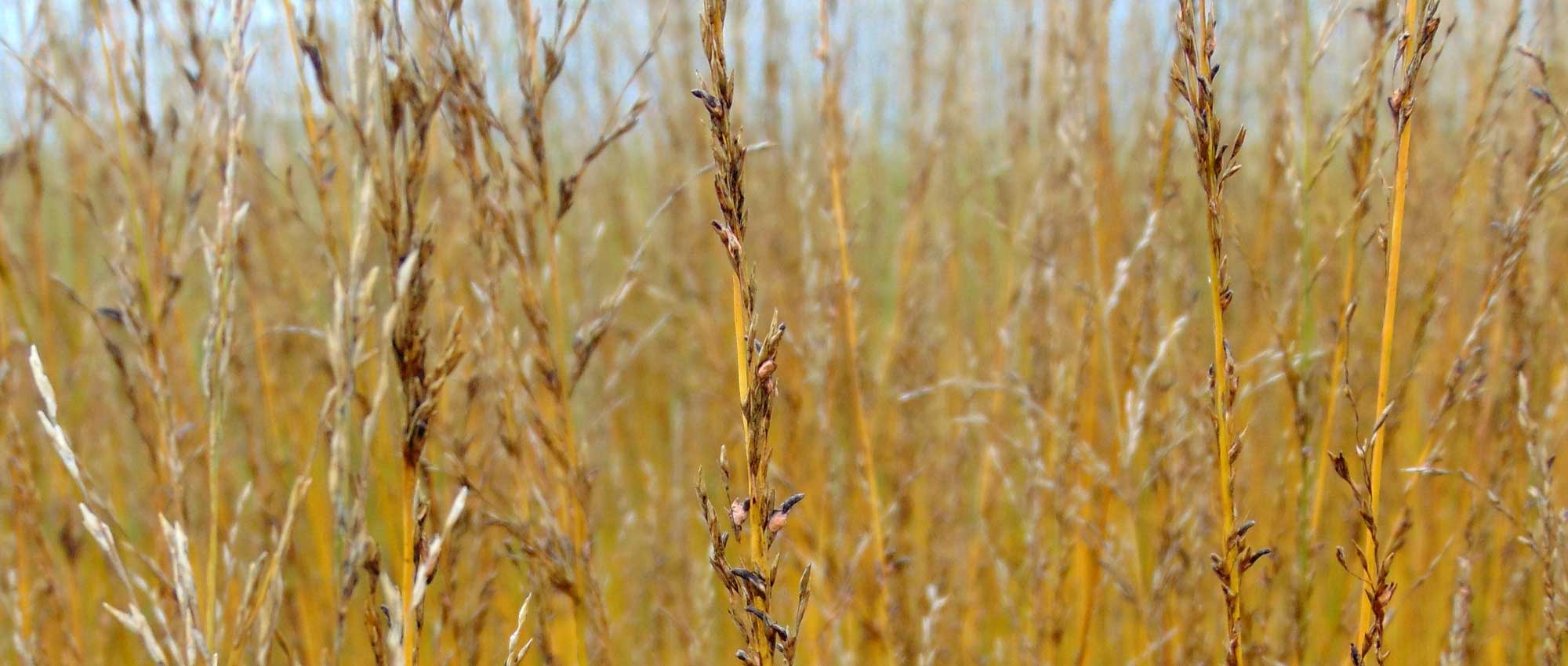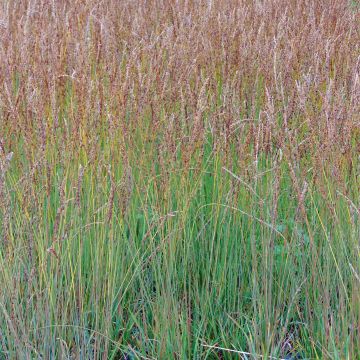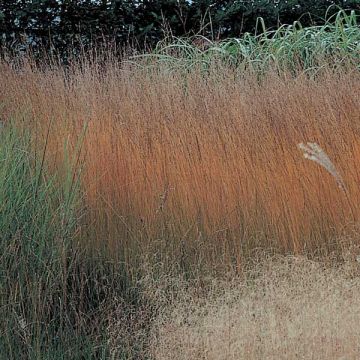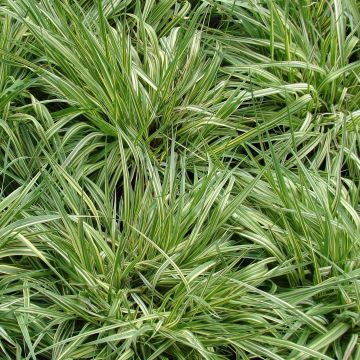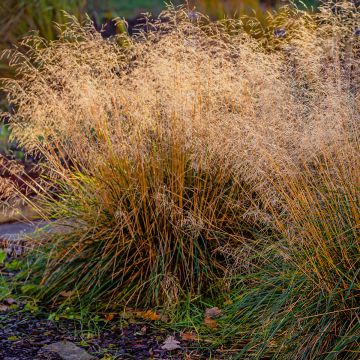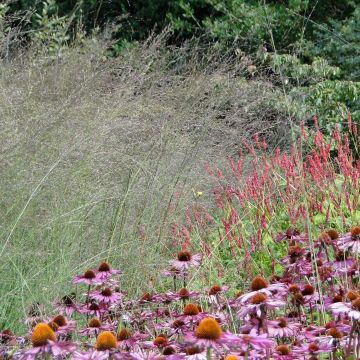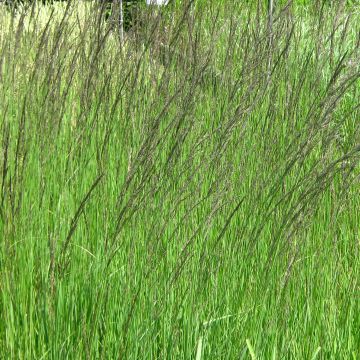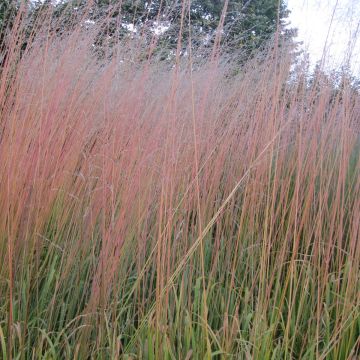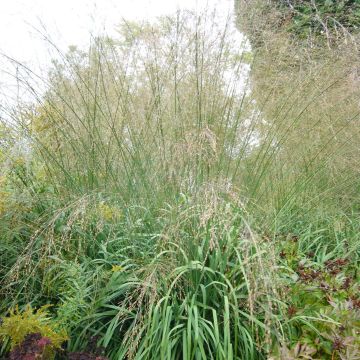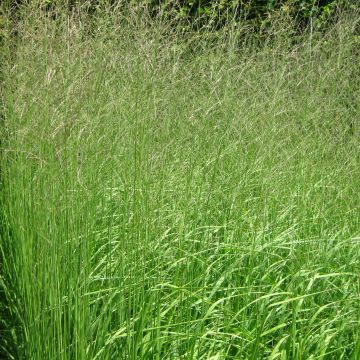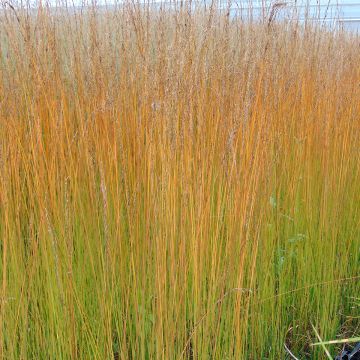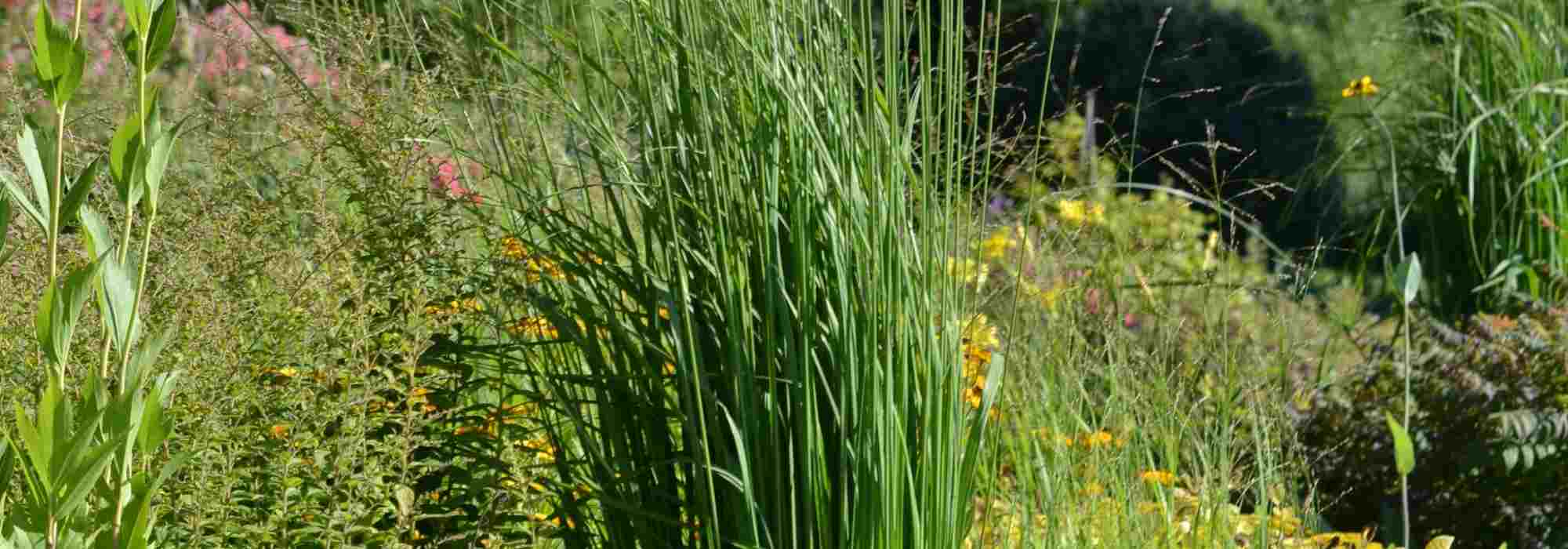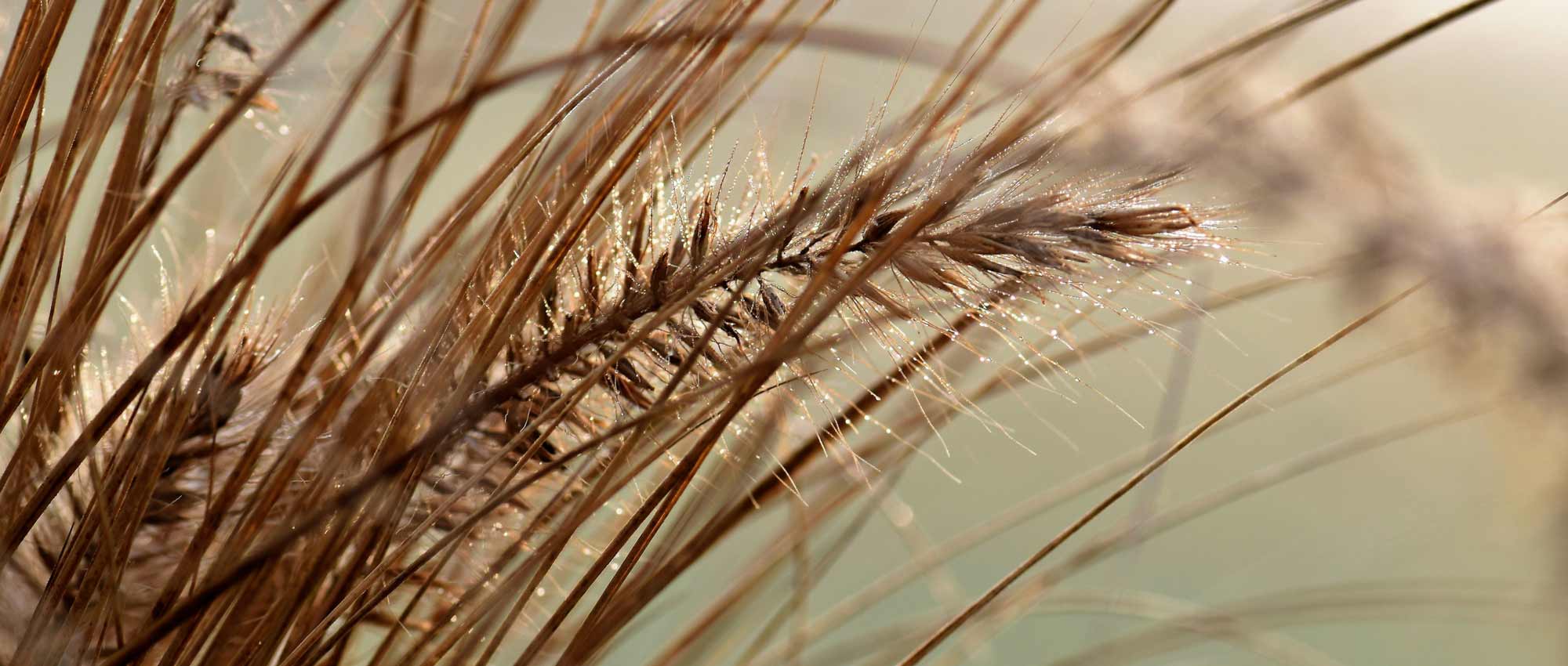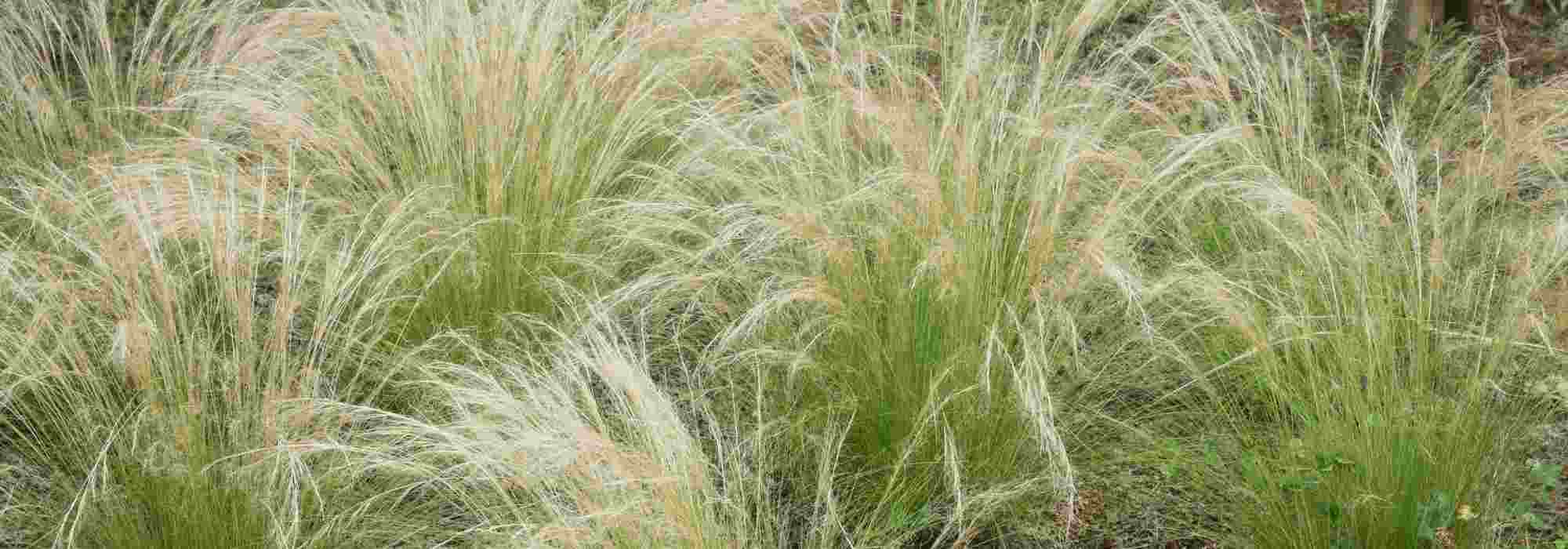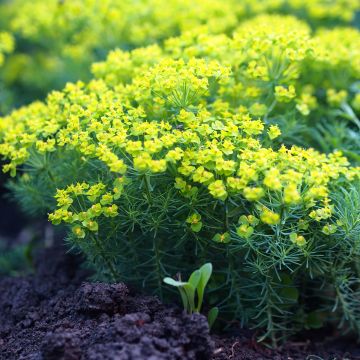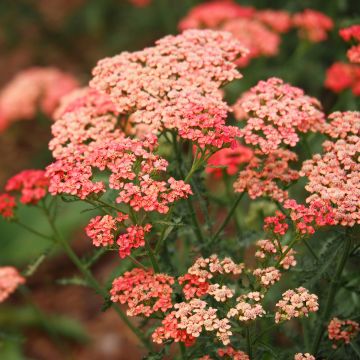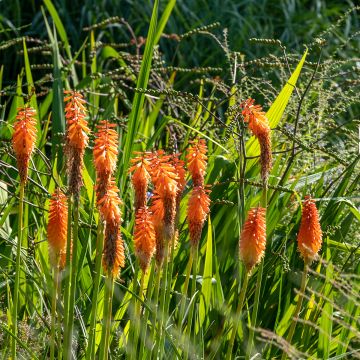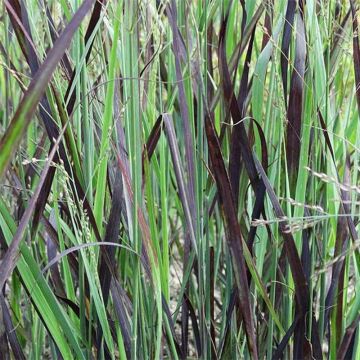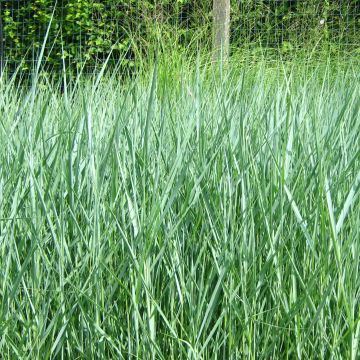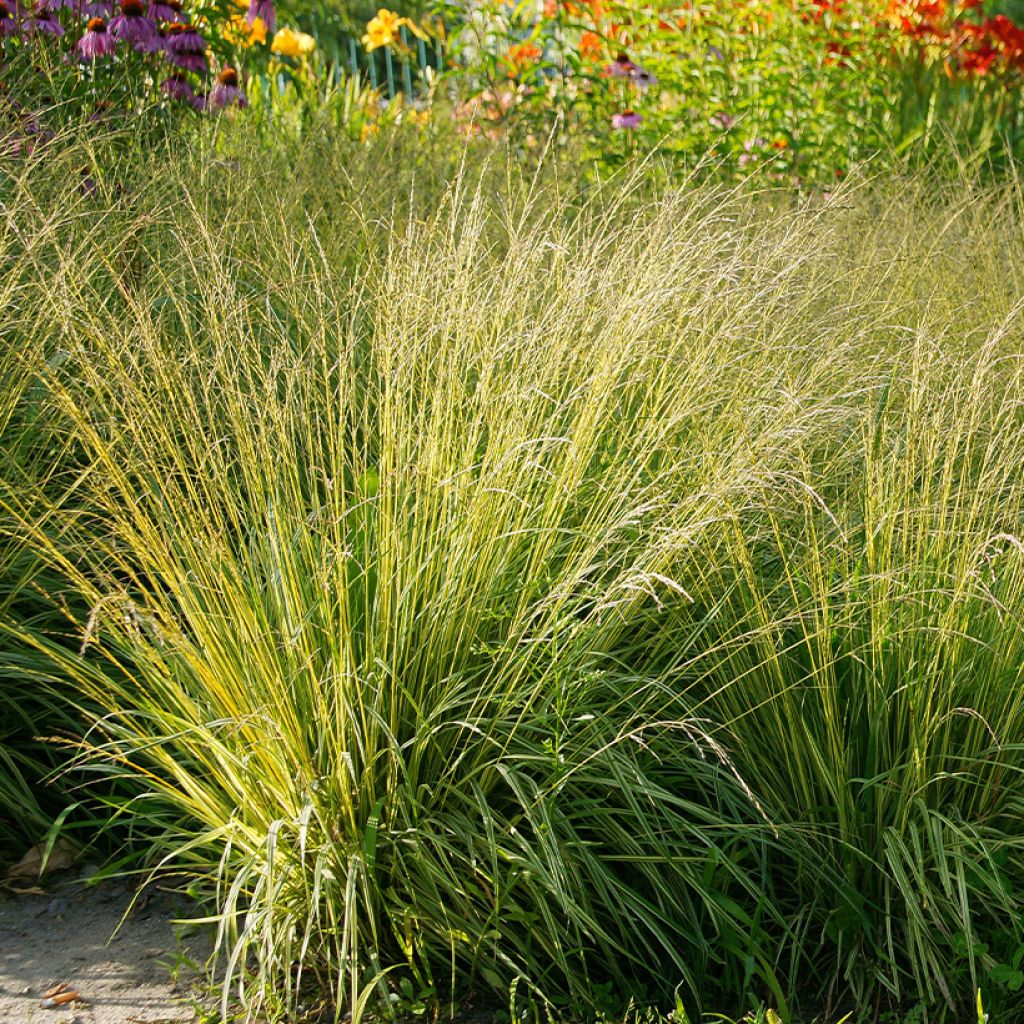

Molinia caerulea Heidezwerg - Molinie bleue à fleurs pourpre
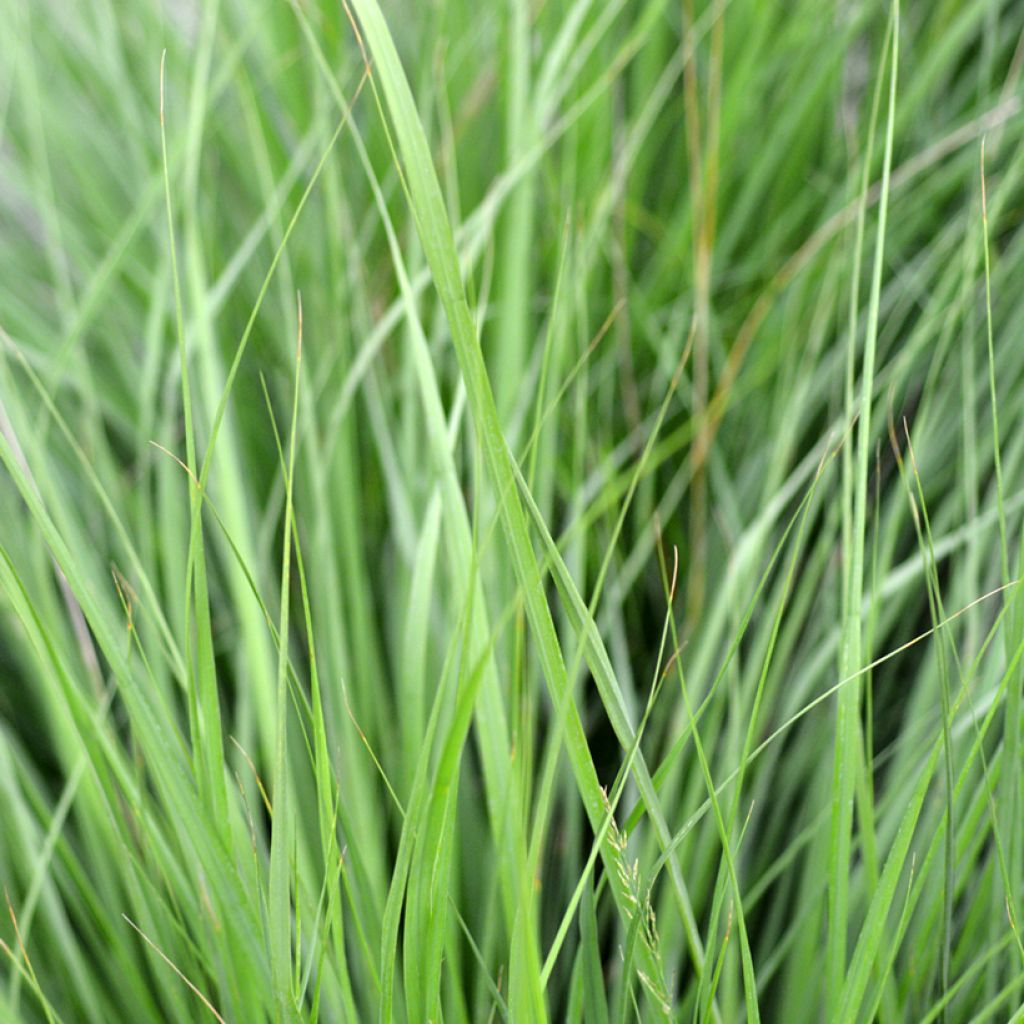

Molinia caerulea Heidezwerg - Molinie bleue à fleurs pourpre
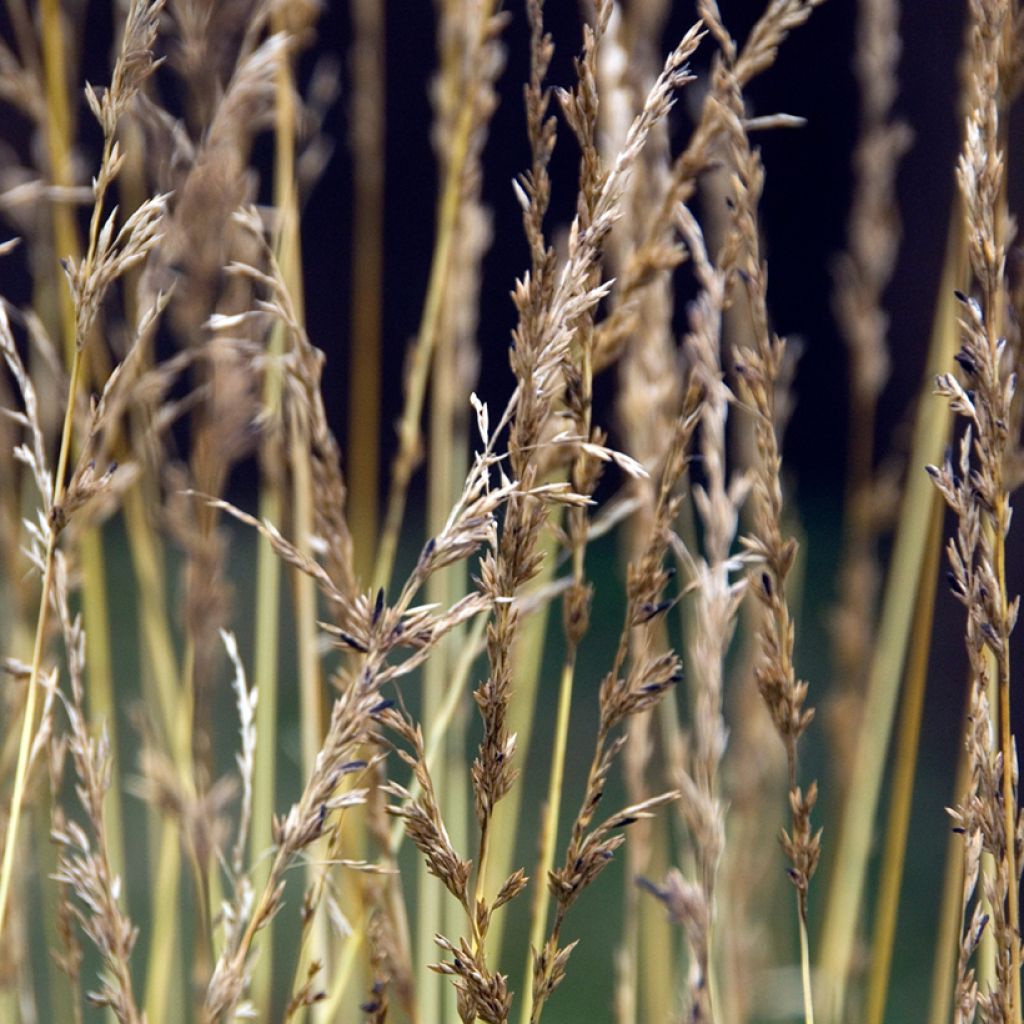

Molinia caerulea Heidezwerg - Molinie bleue à fleurs pourpre
Molinia caerulea subsp. caerulea Heidezwerg - Purple Moor-grass
Molinia caerulea Heidezwerg
Purple Moor-grass, Moor Grass
Special offer!
Receive a €20 voucher for any order over €90 (excluding delivery costs, credit notes, and plastic-free options)!
1- Add your favorite plants to your cart.
2- Once you have reached €90, confirm your order (you can even choose the delivery date!).
3- As soon as your order is shipped, you will receive an email containing your voucher code, valid for 3 months (90 days).
Your voucher is unique and can only be used once, for any order with a minimum value of €20, excluding delivery costs.
Can be combined with other current offers, non-divisible and non-refundable.
Home or relay delivery (depending on size and destination)
Schedule delivery date,
and select date in basket
This plant carries a 12 months recovery warranty
More information
We guarantee the quality of our plants for a full growing cycle, and will replace at our expense any plant that fails to recover under normal climatic and planting conditions.
Would this plant suit my garden?
Set up your Plantfit profile →
Description
Molinia caerulea subsp. caerulea Heidezwerg is a lovely compact cultivar with bright green foliage. It is native to acidic and wind-beaten heathlands and combines charm and solidity. The plant forms a fairly low and erect column, with fine foliage which is spectacular in autumn when the wind plays with its blonde and coppery strands. It flowers in tight purple spikelets. When planted in the sun, it will adapt to dry or waterlogged soils, even clay, and adds structure to flower beds in winter, with its frosty silhouette.
Native to Northern Europe, Southwest and North Asia, Siberia, Turkey, and the Caucasus, Molinia caerulea belongs to the poaceae family. This grass has a thick, fibrous, and tenacious stump. It owes its species name to the blue highlights that characterize its foliage. Heidezwerg is a small selection with bright green foliage and purple flowers. This perennial forms a stiff but graceful clump of foliage that reaches 45 to 50 cm (18 to 20in) high, 90 cm (35in) to 1 m (3ft) in flower, with a spread of 60 cm (24in). It bears thin, flat, light green leaves in summer, turning blond and rusty in autumn and browner in winter. In late summer, tall and sturdy stems appear above the foliage, carrying panicles of dark purple, fluffy spikelets which remain interesting in winter. At maturity, the stems are almost black, and the spikelets dry well before winter. Growth starts late in spring.
Molina Heidezwerg is a very sculptural, charming grass with a strong presence and subtle, wild attraction. Plant it en masse for a beautiful effect in a wild garden or a small hedge, in a contemporary or rural garden. This grass withstands occasional drought well, allowing it to be included in rock gardens, with lavender cotton and wormwoods. It will also work near ponds, where it will help stabilise the banks, along with other grasses, Macleya cordata, purple loosestrifes, Gunnera, or Carex. In flower beds, plant it also with Bergenias, Sages, and Geraniums.
The swollen base of the stems can be used as a pipe cleaner and toothpick. In the wild, molinias are hosts of ergot, a fungal disease of cereals which can cause severe neurological disorders due to the hallucinogenic alkaloids it contains. Only corn and sorghum are not affected.
Molinia caerulea subsp. caerulea Heidezwerg - Purple Moor-grass in pictures
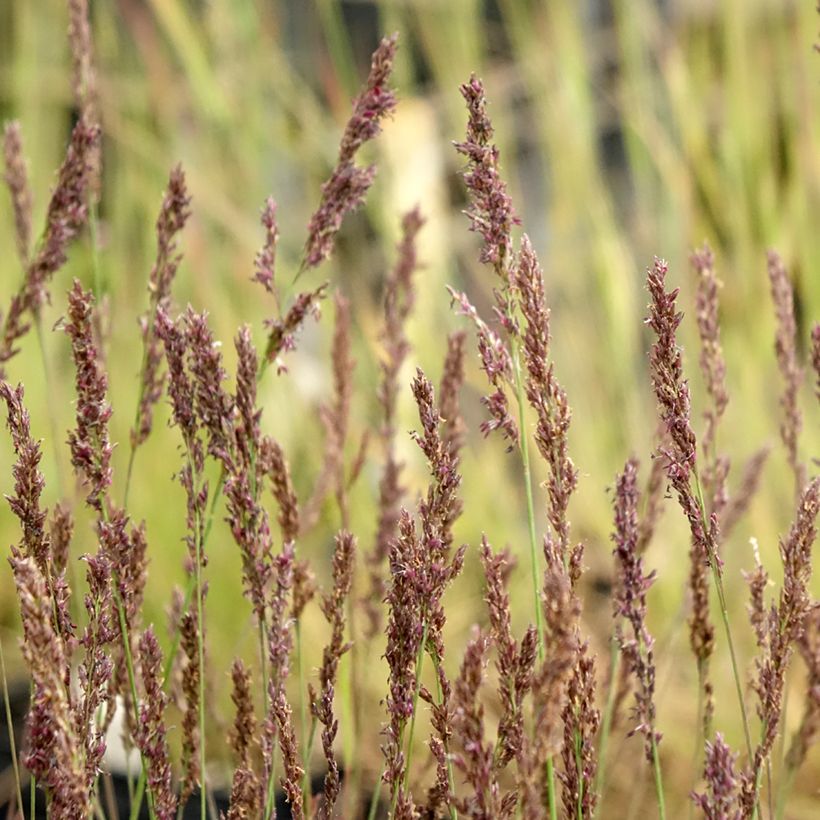



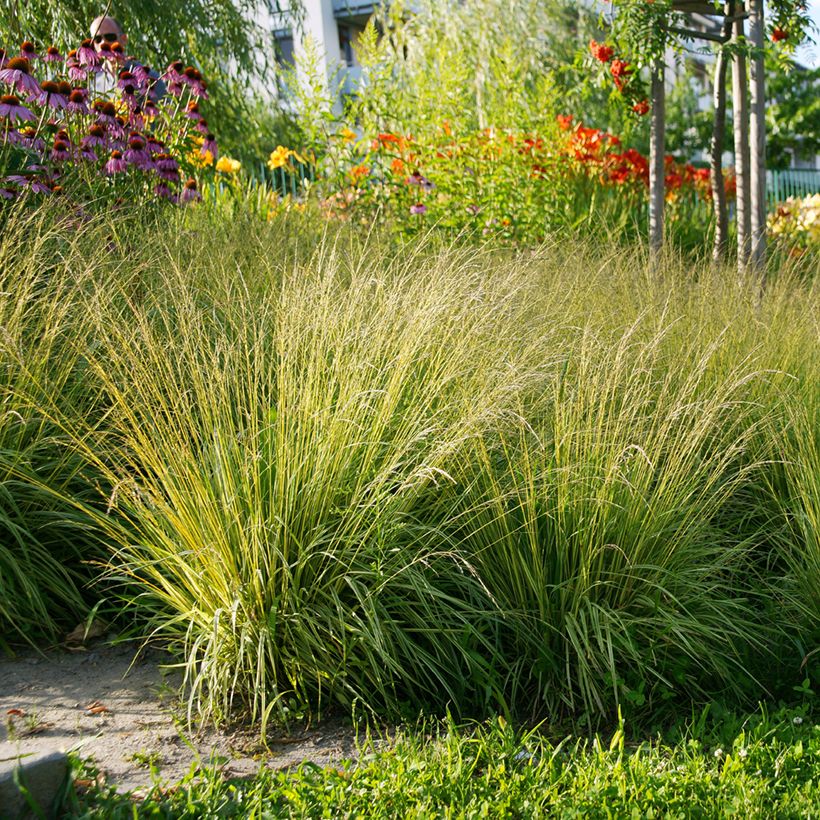

Flowering
Foliage
Plant habit
Botanical data
Molinia
caerulea
Heidezwerg
Poaceae
Purple Moor-grass, Moor Grass
Cultivar or hybrid
Other Molinia
View all →Planting and care
Molinia caerulea subsp. caerulea Heidezwerg adapts to all types of soil, as long as they are not too chalky. It prefers soil which is moist in summer, but tolerates periods of moderate drought well, as well as waterlogged soils during the growing season, making it easy to grow. Plant it in a sunny position, or partial shade in regions with hot summers. Avoid periods of frost when planting, and water well. Do not over feed. Remove damaged foliage during the growing season and cut back the clump in late winter, just before the start of growth.
Planting period
Intended location
Care
Planting & care advice
This item has not been reviewed yet - be the first to leave a review about it.
Similar products
Haven't found what you were looking for?
Hardiness is the lowest winter temperature a plant can endure without suffering serious damage or even dying. However, hardiness is affected by location (a sheltered area, such as a patio), protection (winter cover) and soil type (hardiness is improved by well-drained soil).

Photo Sharing Terms & Conditions
In order to encourage gardeners to interact and share their experiences, Promesse de fleurs offers various media enabling content to be uploaded onto its Site - in particular via the ‘Photo sharing’ module.
The User agrees to refrain from:
- Posting any content that is illegal, prejudicial, insulting, racist, inciteful to hatred, revisionist, contrary to public decency, that infringes on privacy or on the privacy rights of third parties, in particular the publicity rights of persons and goods, intellectual property rights, or the right to privacy.
- Submitting content on behalf of a third party;
- Impersonate the identity of a third party and/or publish any personal information about a third party;
In general, the User undertakes to refrain from any unethical behaviour.
All Content (in particular text, comments, files, images, photos, videos, creative works, etc.), which may be subject to property or intellectual property rights, image or other private rights, shall remain the property of the User, subject to the limited rights granted by the terms of the licence granted by Promesse de fleurs as stated below. Users are at liberty to publish or not to publish such Content on the Site, notably via the ‘Photo Sharing’ facility, and accept that this Content shall be made public and freely accessible, notably on the Internet.
Users further acknowledge, undertake to have ,and guarantee that they hold all necessary rights and permissions to publish such material on the Site, in particular with regard to the legislation in force pertaining to any privacy, property, intellectual property, image, or contractual rights, or rights of any other nature. By publishing such Content on the Site, Users acknowledge accepting full liability as publishers of the Content within the meaning of the law, and grant Promesse de fleurs, free of charge, an inclusive, worldwide licence for the said Content for the entire duration of its publication, including all reproduction, representation, up/downloading, displaying, performing, transmission, and storage rights.
Users also grant permission for their name to be linked to the Content and accept that this link may not always be made available.
By engaging in posting material, Users consent to their Content becoming automatically accessible on the Internet, in particular on other sites and/or blogs and/or web pages of the Promesse de fleurs site, including in particular social pages and the Promesse de fleurs catalogue.
Users may secure the removal of entrusted content free of charge by issuing a simple request via our contact form.
The flowering period indicated on our website applies to countries and regions located in USDA zone 8 (France, the United Kingdom, Ireland, the Netherlands, etc.)
It will vary according to where you live:
- In zones 9 to 10 (Italy, Spain, Greece, etc.), flowering will occur about 2 to 4 weeks earlier.
- In zones 6 to 7 (Germany, Poland, Slovenia, and lower mountainous regions), flowering will be delayed by 2 to 3 weeks.
- In zone 5 (Central Europe, Scandinavia), blooming will be delayed by 3 to 5 weeks.
In temperate climates, pruning of spring-flowering shrubs (forsythia, spireas, etc.) should be done just after flowering.
Pruning of summer-flowering shrubs (Indian Lilac, Perovskia, etc.) can be done in winter or spring.
In cold regions as well as with frost-sensitive plants, avoid pruning too early when severe frosts may still occur.
The planting period indicated on our website applies to countries and regions located in USDA zone 8 (France, United Kingdom, Ireland, Netherlands).
It will vary according to where you live:
- In Mediterranean zones (Marseille, Madrid, Milan, etc.), autumn and winter are the best planting periods.
- In continental zones (Strasbourg, Munich, Vienna, etc.), delay planting by 2 to 3 weeks in spring and bring it forward by 2 to 4 weeks in autumn.
- In mountainous regions (the Alps, Pyrenees, Carpathians, etc.), it is best to plant in late spring (May-June) or late summer (August-September).
The harvesting period indicated on our website applies to countries and regions in USDA zone 8 (France, England, Ireland, the Netherlands).
In colder areas (Scandinavia, Poland, Austria...) fruit and vegetable harvests are likely to be delayed by 3-4 weeks.
In warmer areas (Italy, Spain, Greece, etc.), harvesting will probably take place earlier, depending on weather conditions.
The sowing periods indicated on our website apply to countries and regions within USDA Zone 8 (France, UK, Ireland, Netherlands).
In colder areas (Scandinavia, Poland, Austria...), delay any outdoor sowing by 3-4 weeks, or sow under glass.
In warmer climes (Italy, Spain, Greece, etc.), bring outdoor sowing forward by a few weeks.






























